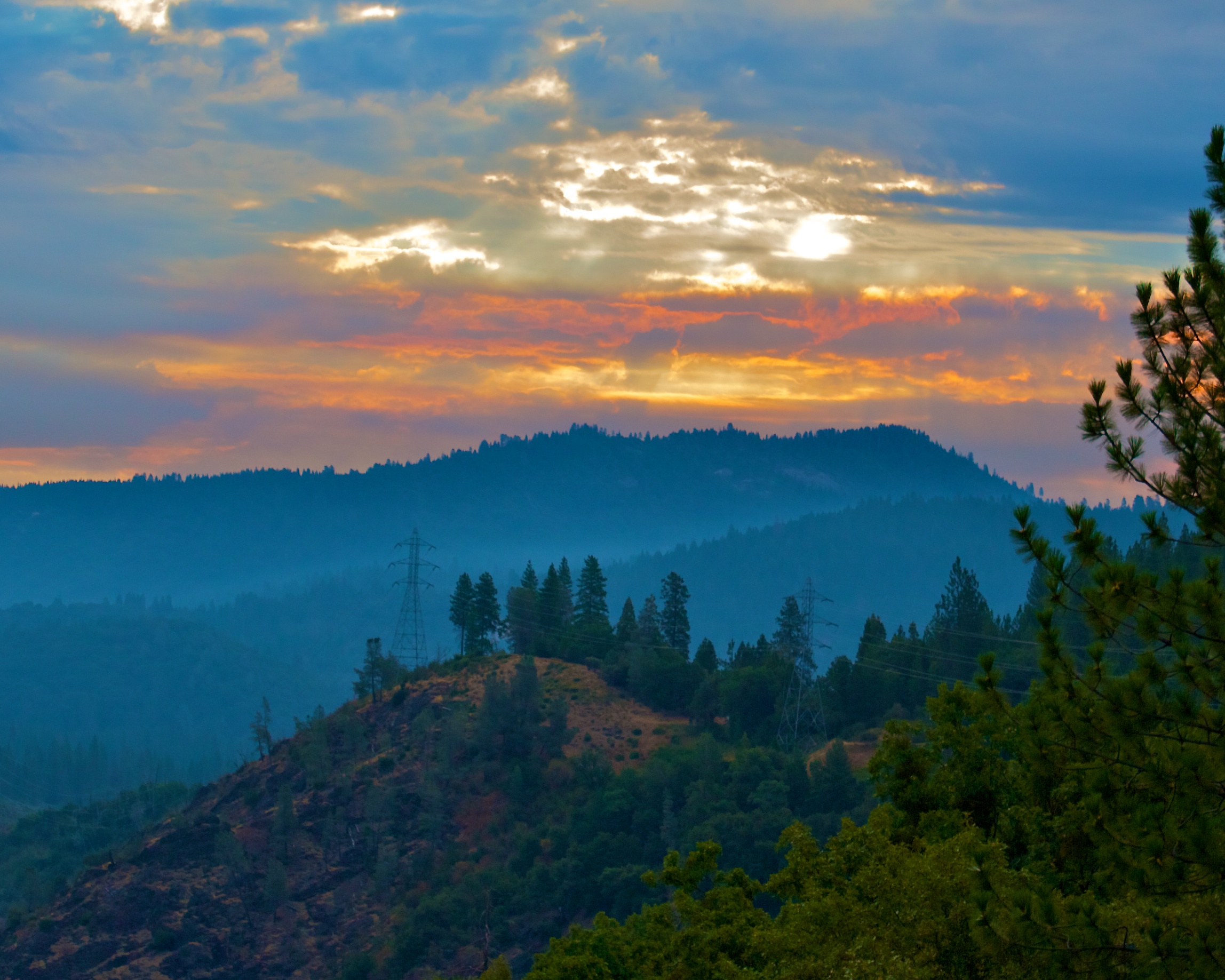
Beatles 50th Anniversaries to the End of Beatles 50th Anniversaries
21 Songs For 7 Reasons
How good is your memory? If you have heard this before, you surely don’t remember the words or when you heard them:
“Anacin –
the headache remedy with the special combination of ingredients to relieve pain, to relax tension, soothe irritability” – Anacin, and by
Pillsbury –
makers of light, fluffy Pillsbury refrigerated biscuits and a complete line of fresh dough foods in the dairy case.”
These are the first in a large batch of annoying commercials that ran at the beginning of The Ed Sullivan Show on Sunday, February 9, 1964 just before the public would get to see the world’s most in-demand musical performers, The Beatles.
I’ve been loving the first of many future Beatles 50th anniversaries – their inspiring, shocking and life-altering first Ed Sullivan Show appearance, in black and white. Color film was not needed – what people were about to see and hear was provocative, exciting, inspirational and transcendent enough.
____________________________________________________________________
Beatles 50th Anniversaries
In 2014, “it was 50 years ago today” refers to the 50th anniversary of
The Beatles’ appearance on The Ed Sullivan Show, “I Want to Hold Your Hand,” “She Loves You,” “Can’t Buy Me Love, “I Saw Her Standing There” and the other initial wave of Beatles’ hits, and
A Hard Day’s Night film (“I fought the war for your sort. — I bet you’re sorry you won.”)
In 2015, “it was 50 years ago today” will refer to the 50th anniversary of the
Help! film (“so the police are extended giving the famous protection for which we are justly proud in this country, for a finger, eh”) and
Rubber Soul (“and when I awoke I was alone this bird had flown. So, I lit a fire isn’t it good Norwegian wood?”).
In 2016, “it was 50 years ago today” will refer to the 50th anniversary of
Revolver (“I know what it’s like to be dead, I know what it’s like to be sad and she’s making me feel like I’ve never been born”)
their final tour and final scheduled concert on August 29, 1966 at Candlestick Park, San Francisco.
In 2017, “it was 50 years ago today” will refer to the 50th anniversary of the release of
Sgt. Pepper (“and the bag across her shoulder made her look a little like a military man”) and
Magical Mystery Tour (“corporation t-shirt stupid bloody Tuesday, Man you’ve been a naughty boy you’ve let your face grow long”).
In 2018, “it was 50 years ago today” will refer to the 50th anniversary of the
Yellow Submarine film (“if you are listening to this song you may think the chords are going wrong, but they’re not. We just wrote it like that”) and
The Beatles, better known as The White Album (“you were only waiting for this moment to be free”).
In 2019, “it was 50 years ago today” will refer to the 50th anniversary of
Abbey Road (“you only give me your funny paper”).
____________________________________________________________________
END of
Beatles 50th Anniversaries
In 2020, “it was 50 years ago today,” will refer to the 50th anniversary of
Let It Be (“phase one in which Doris gets her oats”), the breakup of The Beatles, the release of
Paul McCartney’s first solo album, McCartney (“I used to ride on my fast city line singing songs that I thought were mine alone, alone”), the release of
George Harrison’s first solo album, a gigantic triple album, All Things Must Pass (“watch out now, take care, beware of greedy leaders, they take you where you should not go while weeping atlas cedars they just want to grow, grow, grow”) and the release of
John Lennon’s first solo album, Plastic Ono Band (“I don’t believe in Elvis, I don’t believe in Zimmerman, I don’t believe in Beatles…I was the walrus but now I’m John, and so dear friends you’ll just have to carry on, the dream is over”).
____________________________________________________________________
To continue from my past two (2) posts about The Beatles…. I left off with a collection of songs that I felt would work well for these groups and/or ideas:
children
aging adults
rockers
mystics
politically motivated
cry in your beer
The groups/purposes I want to highlight today are:
humanists
optimists
lovers of love songs
community activists
weddings
divorcees
ponderers
To continue from the last post – humanists will still want to save the world with “All You Need Is Love,” “Let It Be,” and “The Word,” optimists will be optimistic with “Good Day Sunshine,” “It’s Getting Better,” and “Here Comes The Sun,” lovers of love songs will sing “If I Fell,” “And I Love Her,” and “I Will,” community activists will be inspired by “With A Little Help From My Friends,” “We Can Work it Out,” and “All Together Now,” weddings will still feature “Something,” “In My Life,” and “When I’m Sixty-Four,” divorcees will be haunted by “Carry That Weight,” I’m A Loser,” and “Hello Goodbye,” and critics will still argue over the meanings of “Lucy In The Sky With Diamonds,” “Strawberry Fields Forever,” and “I Am The Walrus.”
____________________________________________________________________
songs for humanists
All You Need Is Love
Let It Be
The Word
songs for optimists
Good Day Sunshine
It’s Getting Better
Here Comes The Sun
songs for lovers of love songs
If I Fell
And I Love Her
I Will
songs for community activists
With A Little Help From My Friends
We Can Work it Out
All Together Now
songs for weddings
Something
In My Life
When I’m Sixty-Four
songs for divorcees
Carry That Weight
I’m A Loser
Hello Goodbye
songs for ponderers
Lucy In The Sky With Diamonds
Strawberry Fields Forever
I Am The Walrus
___________________________________________________________________
Their final words on their final album* were meant to inspire: “And in the end, the love you take is equal to the love you make.”
THE END
* (By “final album,” I am referring to the last/final album The Beatles recorded – Abbey Road. The final Beatles album to be released was Let It Be.)
_________________________________________________________________









